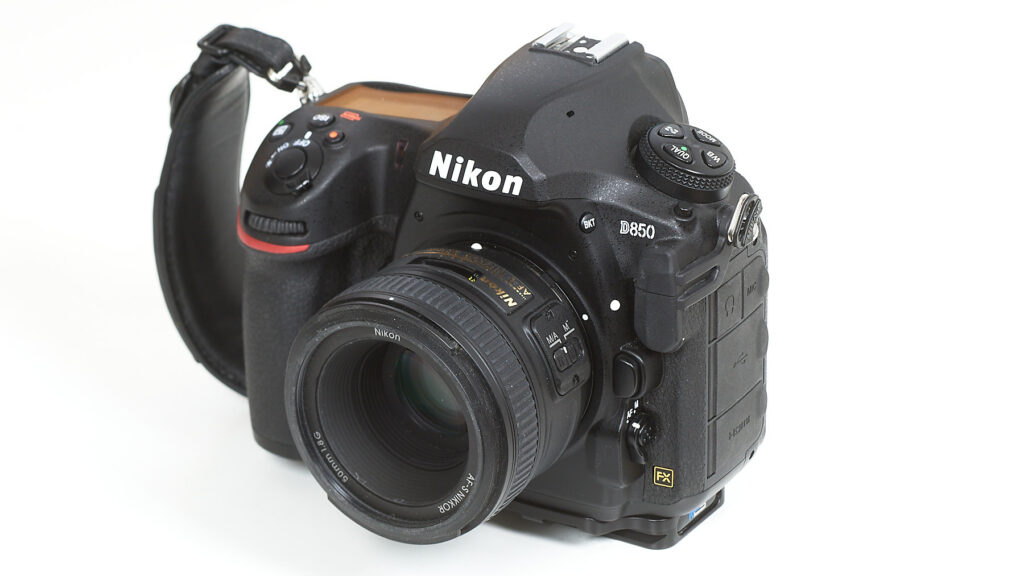Review by Markus Stamm, published August 2021
Table of Contents
Introduction
The Nikkor AF-S 50mm f/1.8 G is a traditional “nifty fifty” prime as they used to be before several brands turned the normal prime market into a battle ground to show off: compact, light-weight, fast and most of all affordable. At the time of this review, the lens retails for around 200 EUR/USD. It’s not a feature monster coming with all the latest lens engineering innovations, nor is it meant to be one. It’s the kind of lens one buys to hopefully get a lot of bang for a low amount of bucks, equally popular among those who take their first careful steps into the unknown territory of primes and those with decades of experience.
In this review we take a look at how the lens performs on our 45 MP review camera, the Nikon D850. We also reviewed the lens on the Nikon D3x back in 2011, so if you’re interested in how the lens performs on a lower resolution FX body, please have a look here. For obvious reasons, parts of the earlier review have been reused here.
Special Edition
With the retro-style Nikon Df body, Nikon also announced a Special Edition (SE) of the Nikkor AF-S 50/1.8 G featuring a body design similar to classic Nikkor lenses. There’s a silver ring on the lens body and the rubber pattern on the focus ring looks more old-style than on the regular AF-S lens. Don’t get too excited, though: what looks like a chrome ring at first sight is simply silver plastic. And besides the cosmetic differences, the regular lens and the SE are identical in terms of features, electronics and especially optical construction and performance.
The AF-S 50/1.8 G SE was available as kit lens with a Nikon Df, but can also be purchased seperately. The different design comes at a little extra price, though, the Special Edition currently retails for 280 EUR/USD.

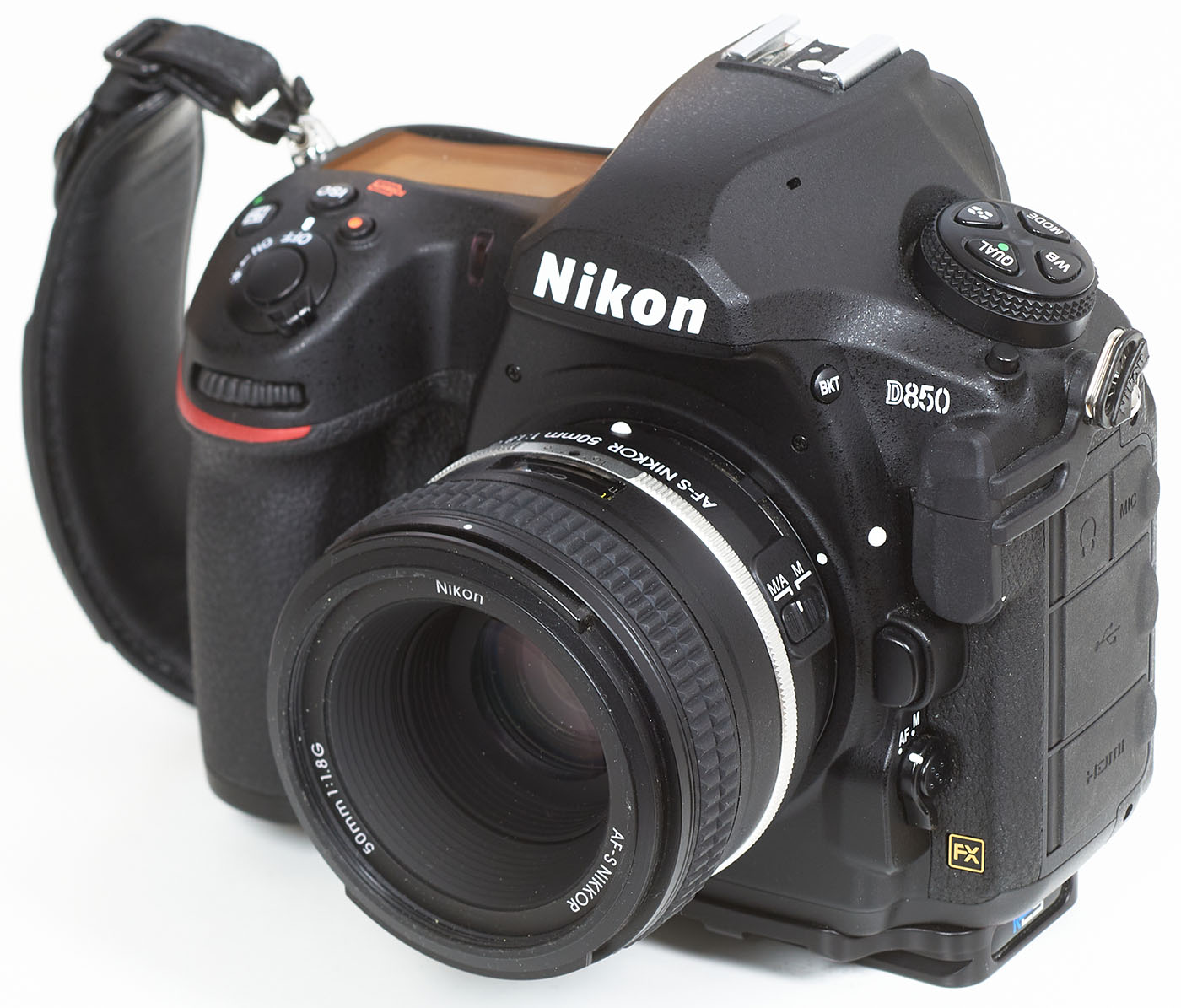
The build quality of the lens is very decent thanks to an outer barrel being made out of high quality plastics. The rubberized focus ring is slightly damped and operates reasonably smooth.
Unfortunately the focus ring shows a behaviour that we have seen in other recent Nikon lenses, too: there’s a little play, not in the focus ring itself, but the coupling with the actual focus unit. When changing the focus direction, it takes a few millimeters of movement until the focus unit actually follows the focus ring. This can be annoying when trying to nail critical focus, for example in Live View.
The physical length of the lens remains constant at all focus settings. It’s not a true IF (internal focus) design though – the inner tube moves within the outer barrel (linear extension focusing system).
A protective pouch as well as a dedicated hood with bayonet mount are included with the lens. However, the front lens is deeply recessed except for close focus distances and already well protected without a hood.
The front element does not rotate, so using a polarizer remains easily possible.
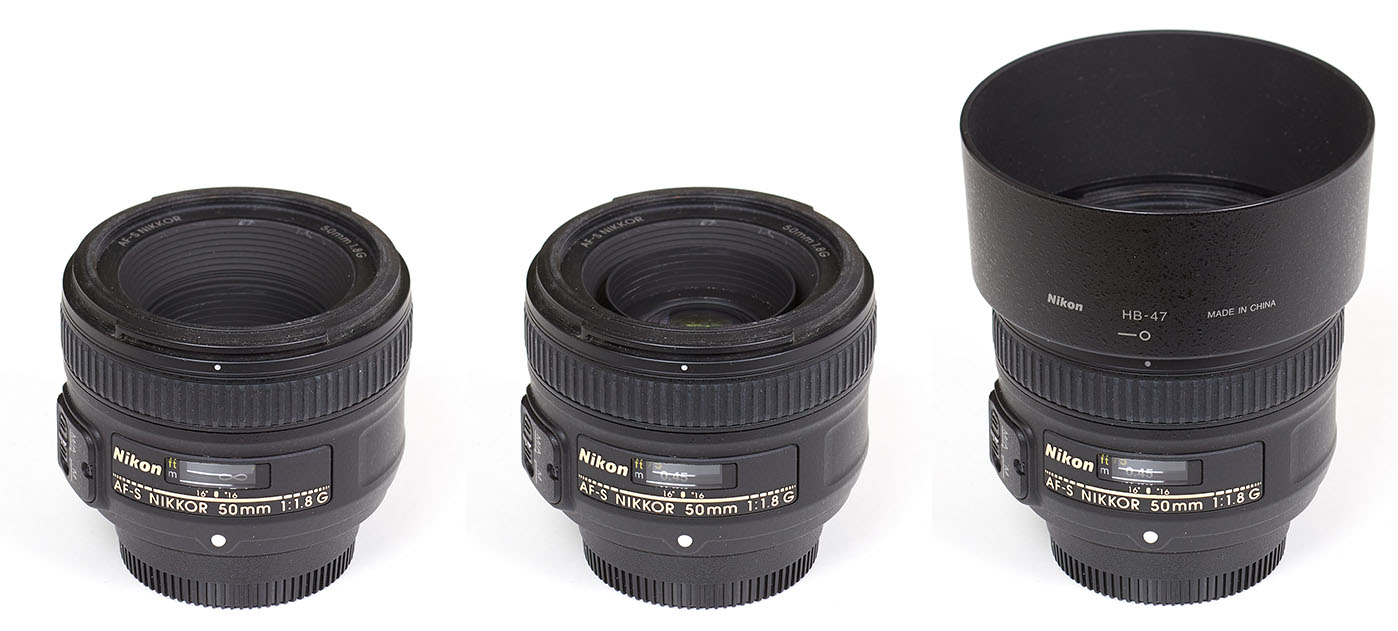
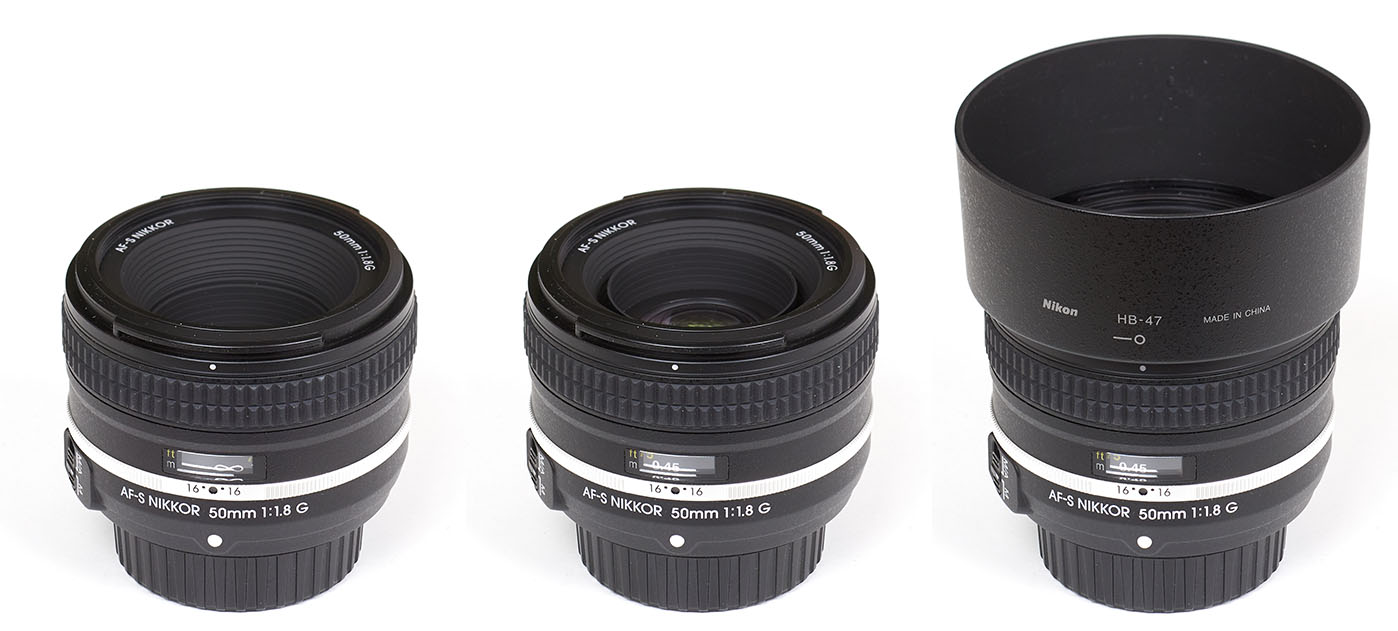
As an AF-S lens the Nikkor is compatible with all current Nikon DSLRs (including the motorless entry-level cameras) and features the usual advantages of a silent wave (ultrasonic) drive: there’s manual override at any time in single-shot AF mode and AF action is very silent. However, just as with the AF-S 50/1.4G, the AF speed is not overly fast. It’s quick enough for everyday use and most subjects, though.
The AF-S 50/1.8 is a G-type lens and thus does not offer an aperture ring.
| Specifications | |
|---|---|
| Optical construction | 7 elements in 6 groups, incl. 1 aspherical element |
| Number of aperture blades | 7 (rounded) |
| min. focus distance | 0.45 m (max. magnification ratio 1:6.7) |
| Dimensions | 72 x 52.5 mm |
| Weight | 185 g |
| Filter size | 58 mm (non-rotating) |
| Hood | Nikon HB-47, barrel-shaped, bayonet mount (supplied) |
| Other features | Lens provides distance (D) information to the camera, Silent Wave AF motor |
Distortion
The lens shows moderate barrel distortion at around 1.1%. This is more than you’d expect from a fix focal lens. However, this is actually a typical amount of distortion for fast standard primes and unless you shoot subjects with straight lines near the image borders it’s usually not field-relevant.
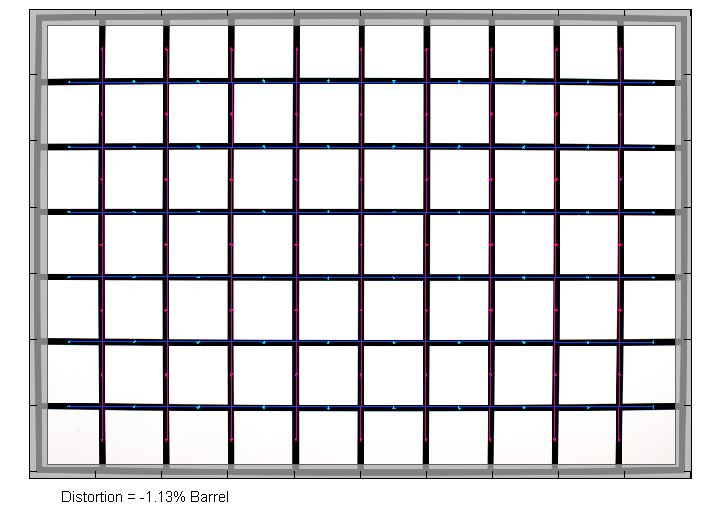
Vignetting
Typical for most fast primes, the Nikkor shows some visible vignetting wide open with a light falloff towards the corners of just above 2.3 EV. As usual, stopping down reduces the corner darkening considerably. From f/2.8 onwards it’s no longer an issue except for really critical subjects.
Please note that the vignetting results are not directly comparable with numbers in our earlier FX reviews based on the Nikon D3x. The JPG engine of the Nikon D3x featured a rather flat gradation curve, thus had a moderate contrast characteristic, resulting in comparatively low vignetting figures – the corresponding figures of other Nikon (and other brands) bodies are considerably higher due to the more aggressive default contrast setting.
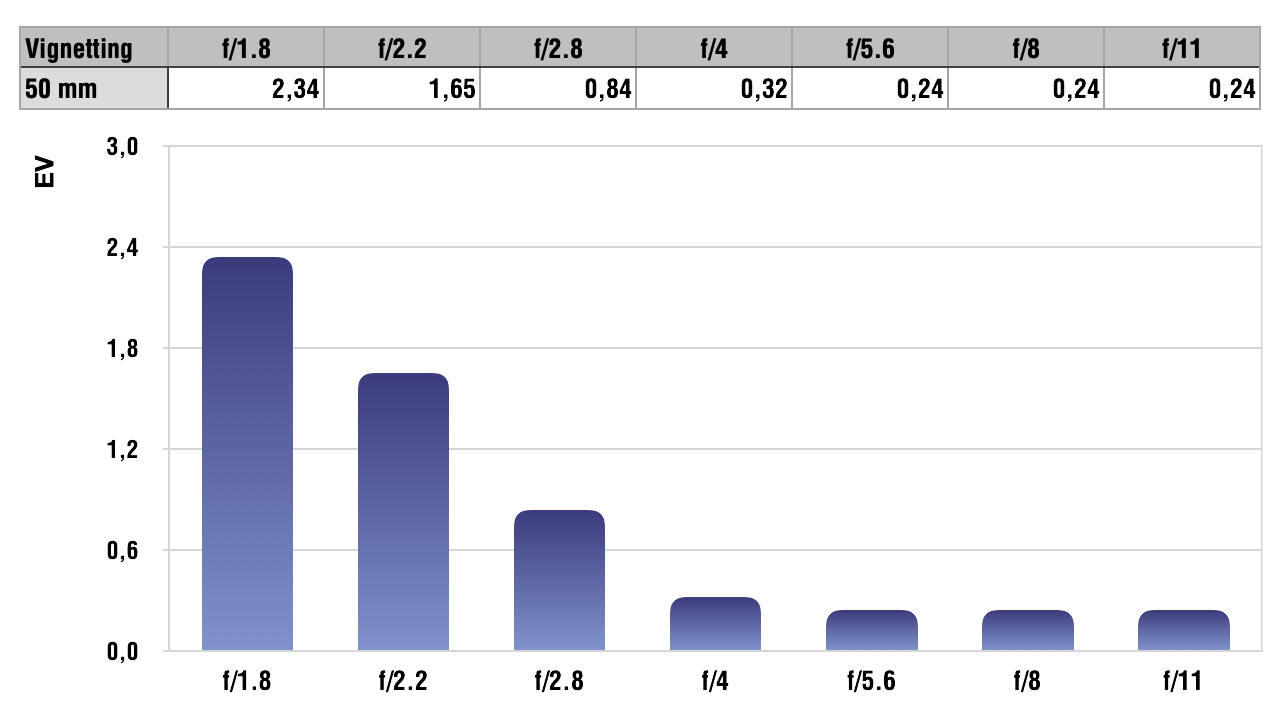
MTF (resolution)
The center and near center resolution is very good wide open already (but lacks some contrast here) and reaches excellent values at f/2.8.
The border sharpness is good wide open, but increases to very good values stopped down to f/2.2 and beyond.
In the image corners, the lens struggles a bit on the high-resolution sensor of the D850. Wide open, the resolution is just fair here. The lens needs to be stopped down to f/2.8 to reach good performance and further to f/4 to achieve very good resolution in the corners.
The lens showed some focus shift when stopping down (residual spherical aberration).
Please note that the MTF results are not directly comparable across the different systems!
Below is a simplified summary of the formal findings. The chart shows line widths per picture height (LW/PH) which can be taken as a measure for sharpness. If you want to know more about the MTF50 figures you may check out the corresponding Imatest Explanations
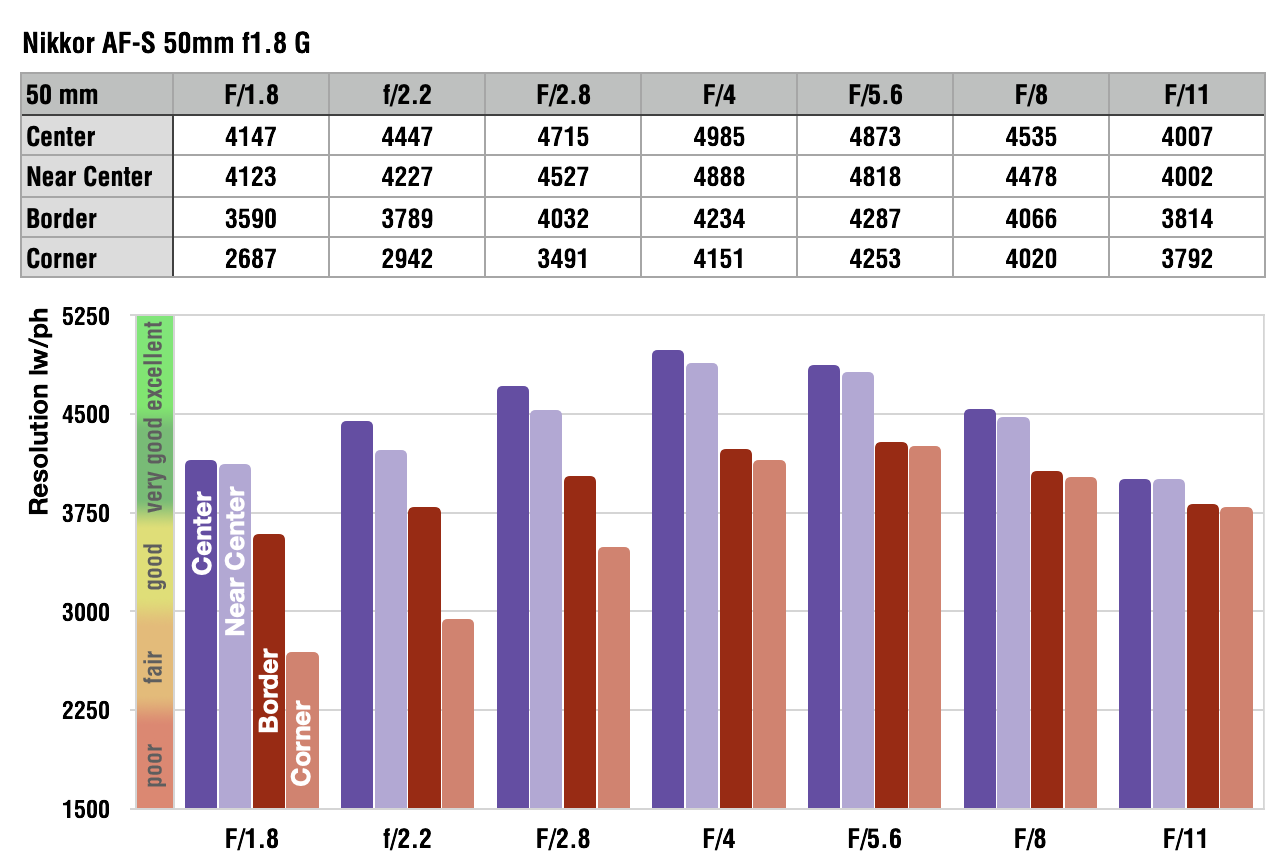
Chromatic Aberrations (CAs)
Chromatic aberrations (color shadows at harsh contrast transitions) are moderate and in the range of roughly 1.4 to 1.6 pixels, achieving the lowest values wide open and slowly increasing with smaller apertures. This is a good result in the full format scope and not an issue in the field for most subjects. In addition, CAs can easily be corrected in software or by the camera itself (if you shoot JPGs).
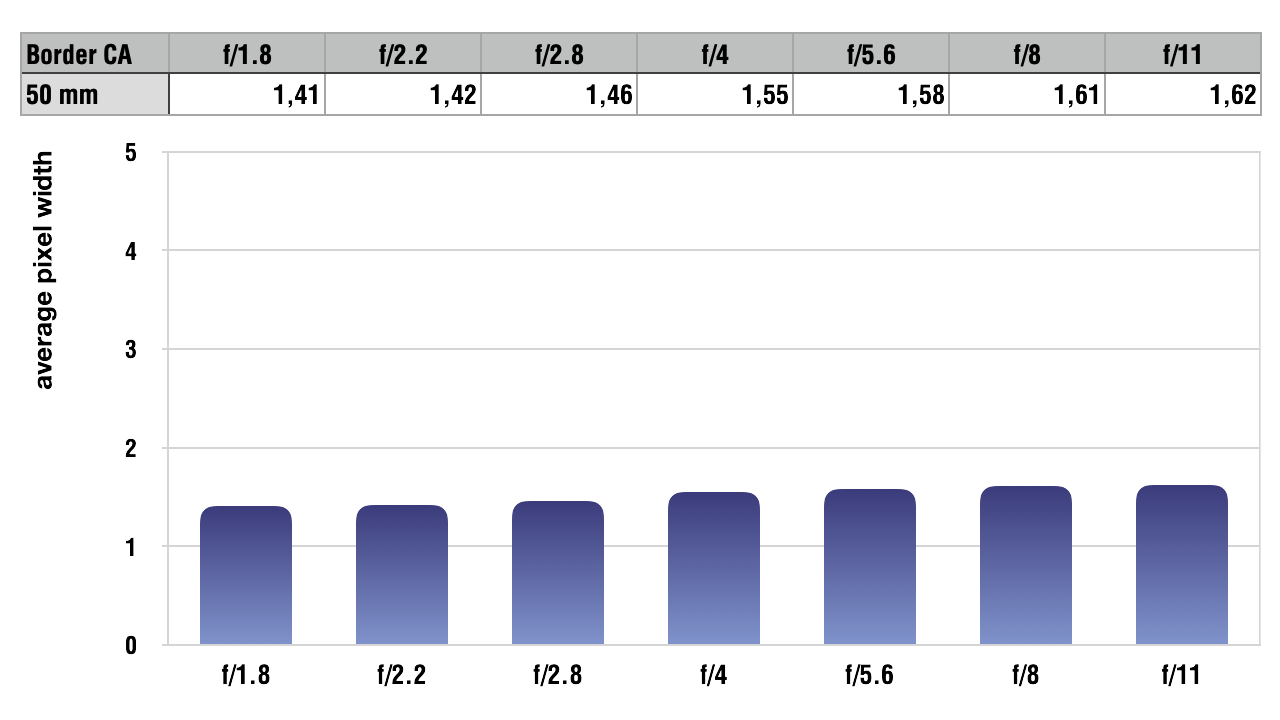
Bokeh
One of the primary usage scenarios for a large aperture lens is to separate the main subject from the background. In such an image the quality of the bokeh (out-of-focus blur) is of major importance.
Background highlights are evenly filled, but show a small amount of outlining wide open, a little less so when stopped down, however. In addition, there are visible traces of bokeh fringing around highlights (see the next section)

Background highlights are not perfectly circular wide open towards the borders due to mechnical vignetting. Stopped down, the shape of the aperture shapes, which are only slightly rounded, becomes visible at f/2.8 and creates polygons instead of circles from f/4 onwards.
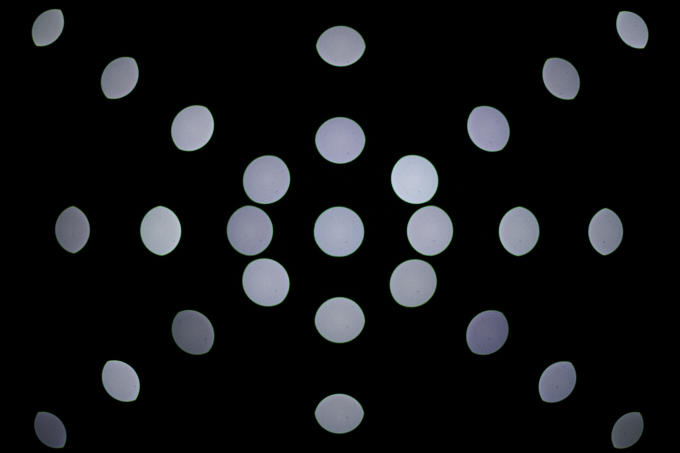
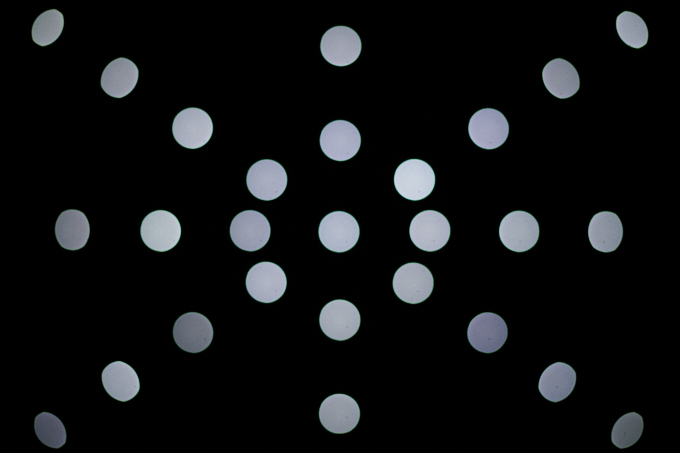
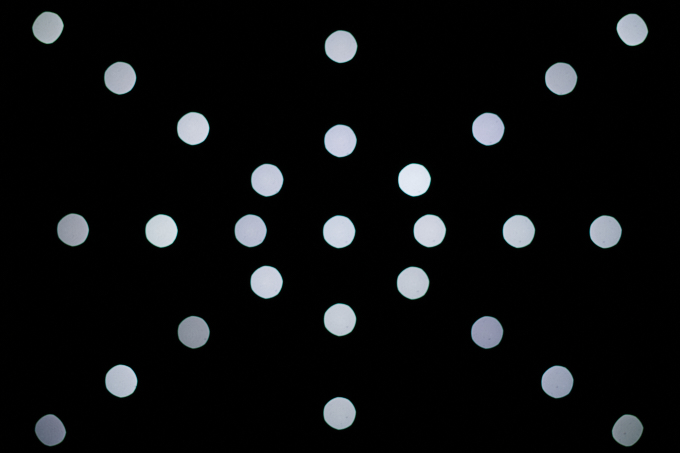
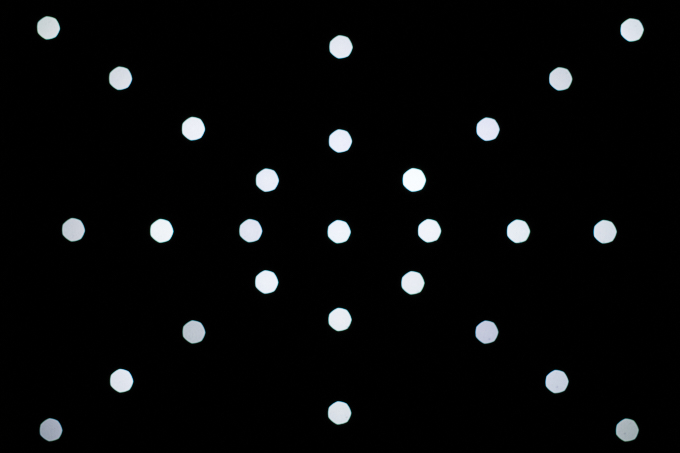
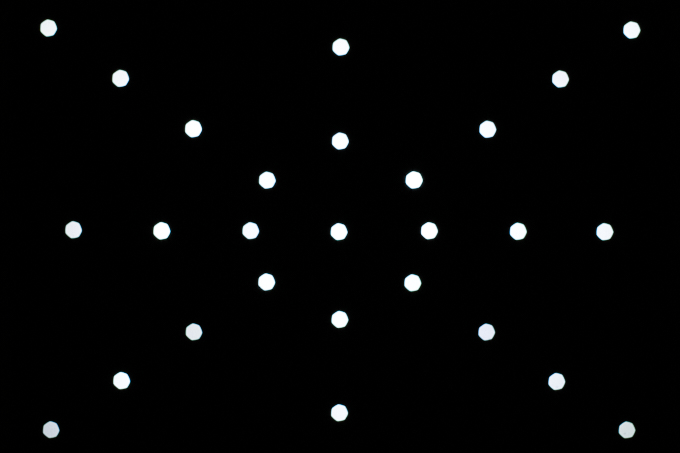

The general out-of-focus rendition is very smooth in the image background (shown to the left below), but quite a bit more nervous in the foreground (to the right below).
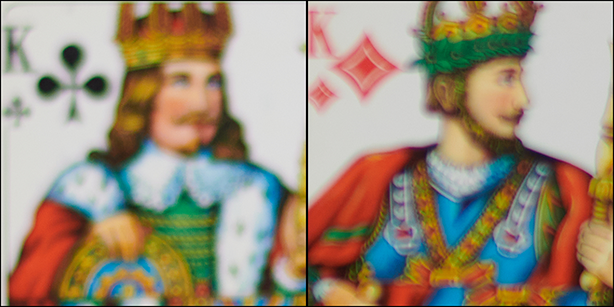
Bokeh Fringing / LoCA
Bokeh fringing (non-coinciding focal planes of the various colors, also referred to as longitudinal chromatic aberration, or LoCA for short) is an axial color fringing effect and a common issue with relatively fast glass. As you can notice below the halos have different colors – magenta (red + blue) in front of the focus point and green beyond.
Typical for most fast primes, the Nikkor shows noticeable bokeh fringing at large aperture settings, which can of course be reduced by stopping down.
In addition, these shots also show the focus shift when stopping down that was mentioned in the MTF section, as well as the reduced contrast wide open. The latter issue is emphasized here due to the close focus distance.
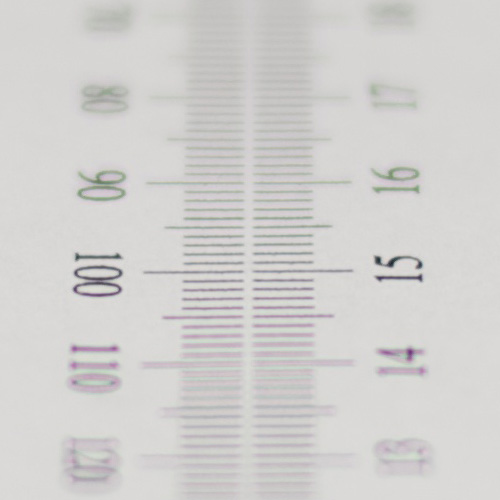

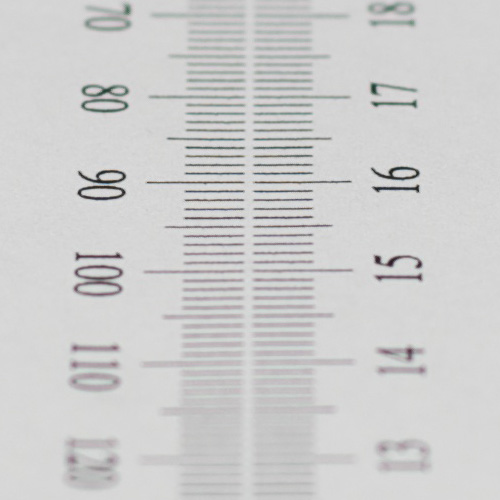
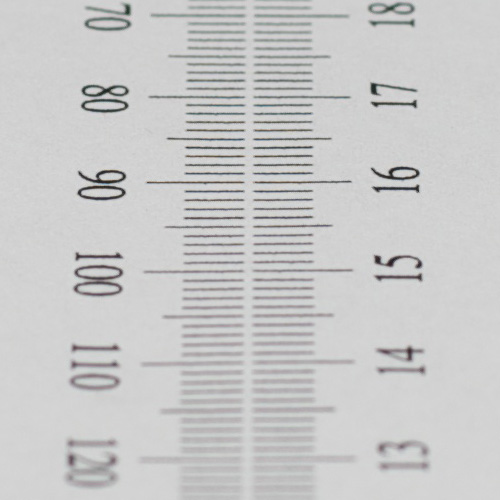

Sample Shots
The following sample shots were RAW-converted in CaptureOne with lens corrections disabled.
The Nikkor AF-S 50mm f/1.8 G is a solid performer that delivers very good to excellent sharpness in the image center, but struggles in the image corners at large apertures on the high-resolution sensor of the D850. For best performance, the lens needs to be stopped down to f/4 or f/5.6.
Typical for a fast prime there is some vignetting wide open as well as a fair amount of bokeh fringing. CAs and distortion are moderate. The bokeh quality is not outstanding, but quite good for this lens class and generally quite smooth.
The build quality is good and in line with other Nikon lenses in this segment. Thanks to a silent wave drive, AF action is silent and reasonably fast (for the typical usage of such a lens).
Given its fairly affordable price, the lens is a very attractive option if you're in the market for a normal prime.
-
Optical Quality
-
Build Quality
-
Price/Performance


